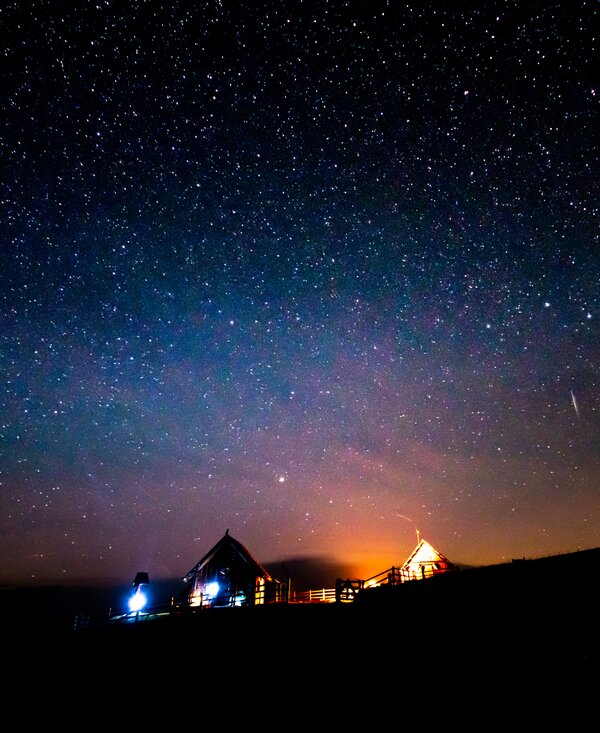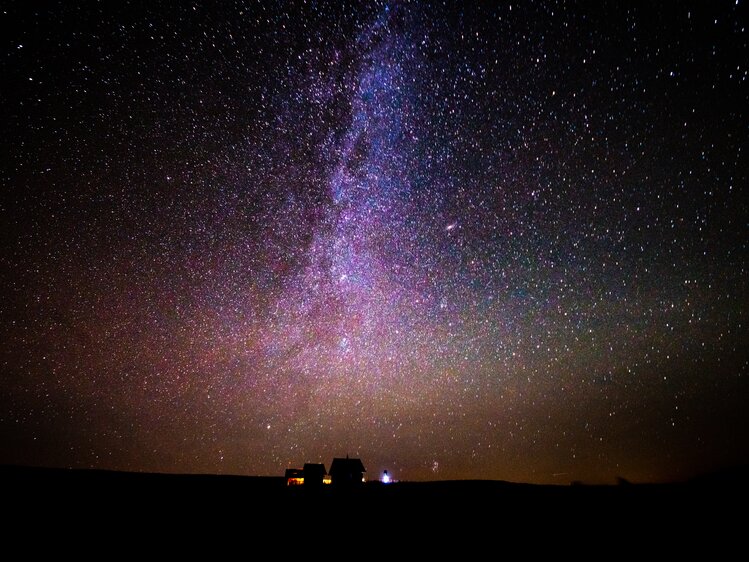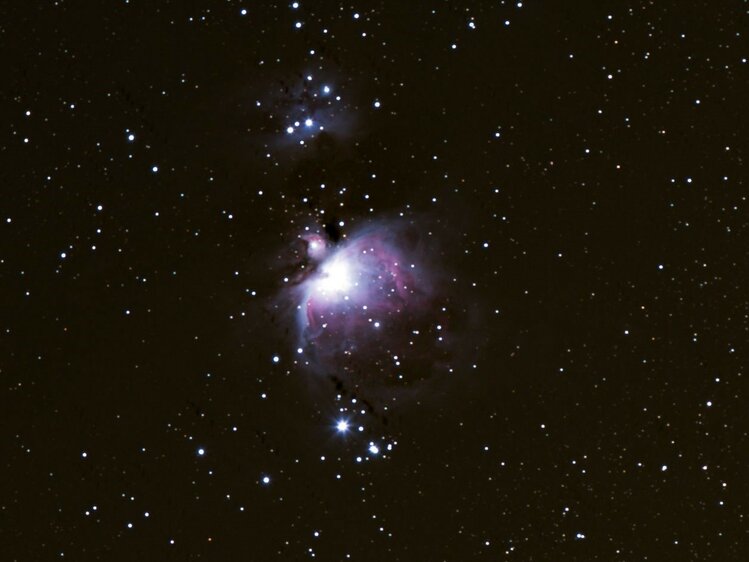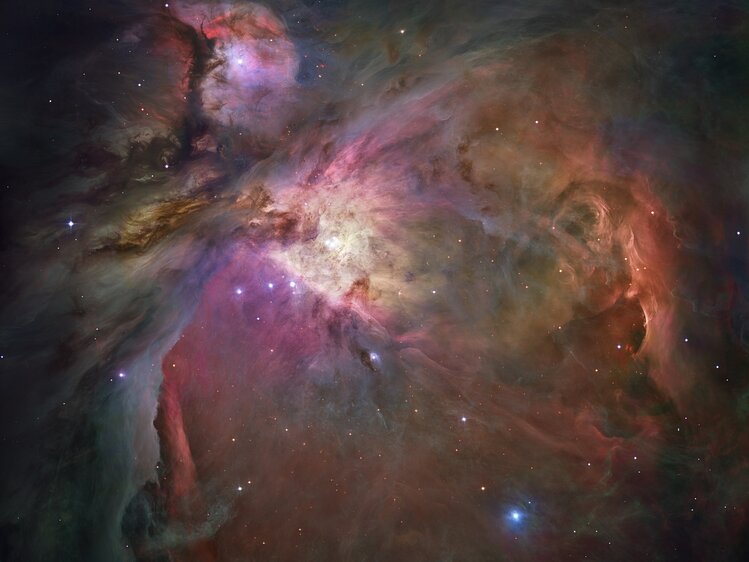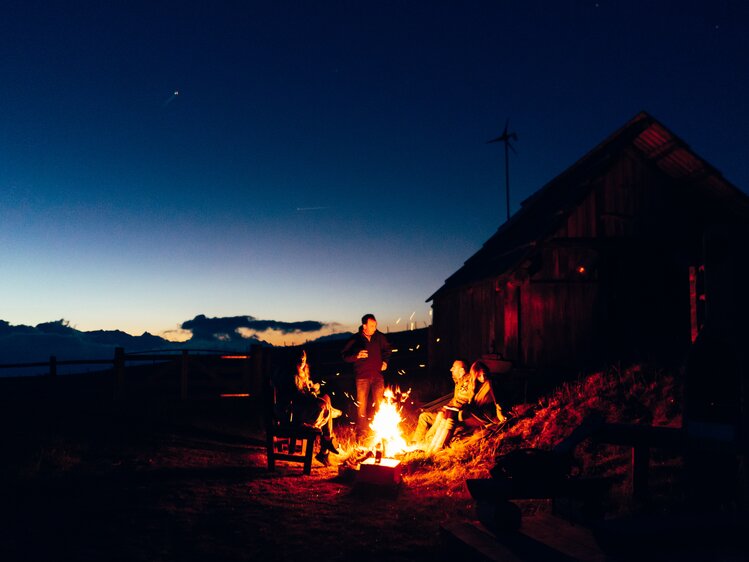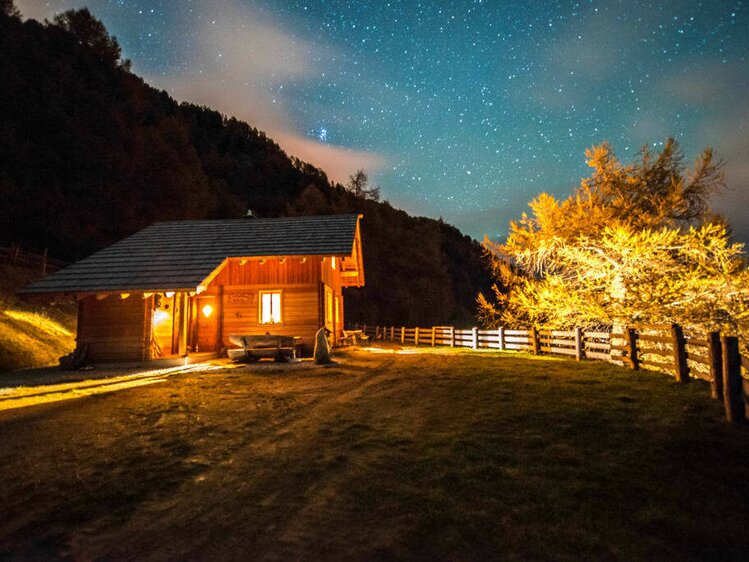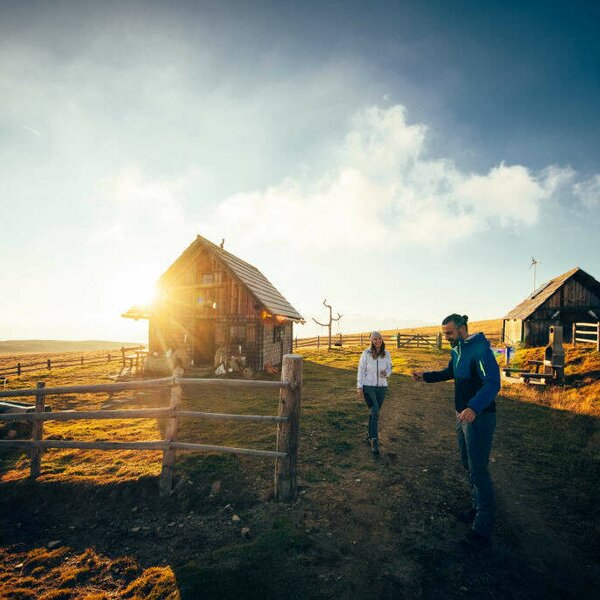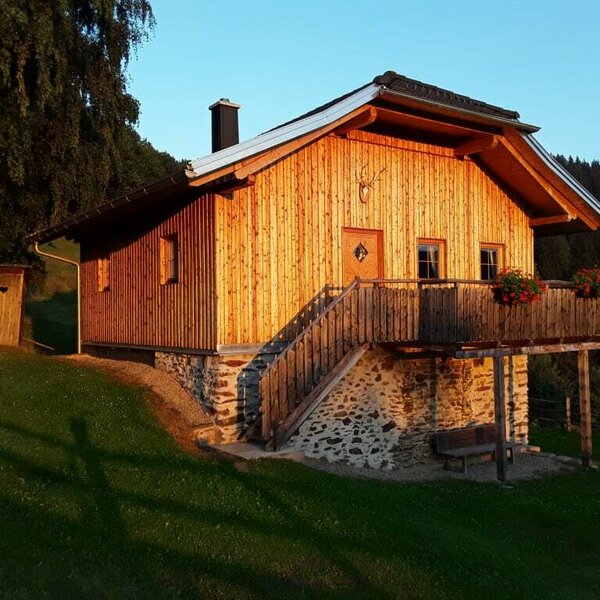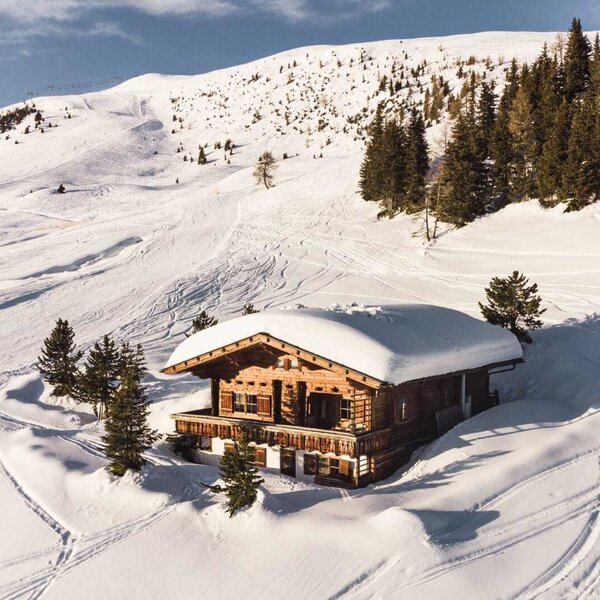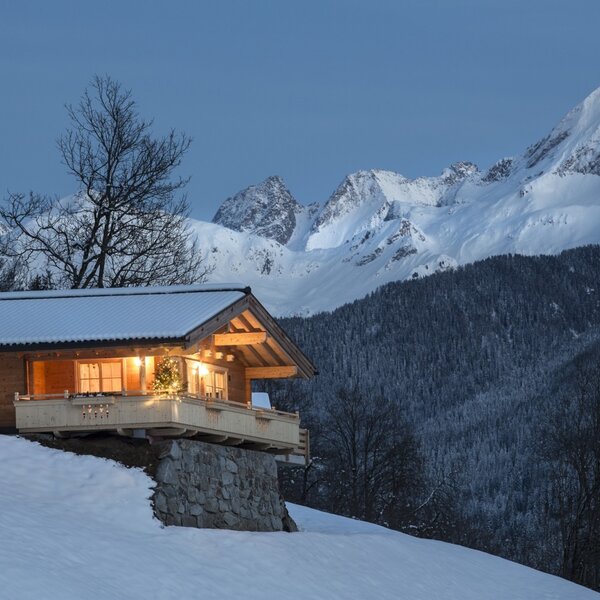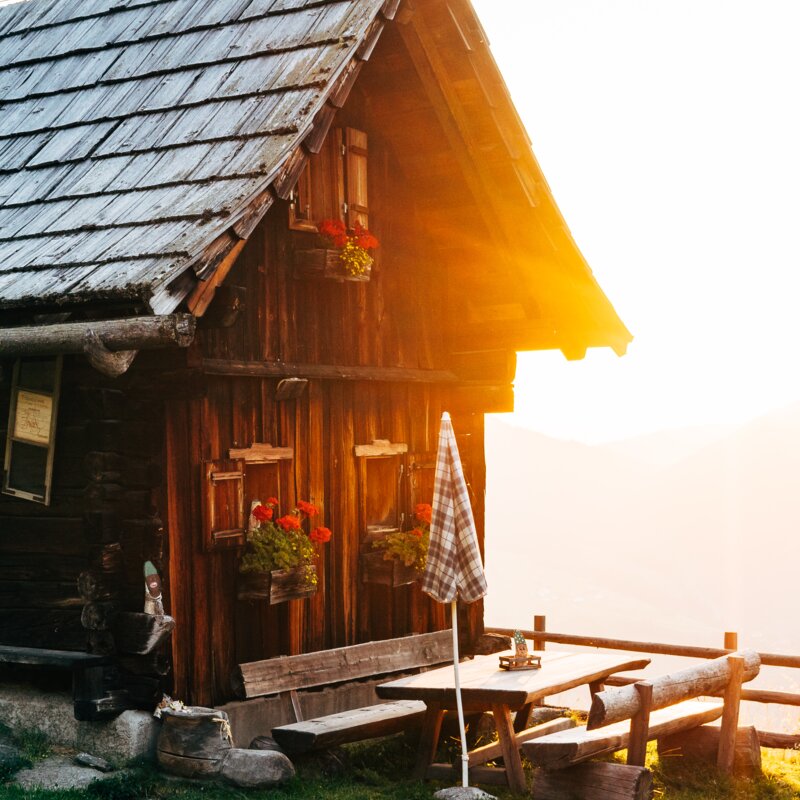A Plough in the Sky, Not in the Fields
Passionate stargazers grab a lounger, wrap themselves in a warm blanket and get started. Let’s spot some stars and constellations! “Look, up there, that’s Orion. Unmistakably with his sword and belt.” Further to the right, that’s the Plough. You can easily identify the handle. You can distinguish the Pleiades, a bright star cluster. In the northern sky, Cassiopeia is recognisable due to its distinctive “W” shape. Spanning across the night sky, the Milky Way can be seen as a hazy band of light. A peaceful look at the stars instead of the flickering lights of a disco ball. Discover a form of joy that you’ll only find in Austria’s mountain cabins. Uncover the essence of a holiday in the mountains. Where light pollution has not yet marred the beauty of the night sky.
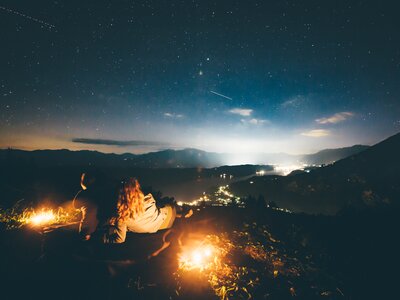
With a Smile on Their Faces
Hans Köchl is a passionate amateur astronomer. He and his wife Ingrid run the private observatory at “Hotel Pacheiner” on top of the Gerlitzen in Carinthia. It’s the only public observatory in a hotel that features a reflecting telescope which can measure fine details and is much larger than the usual equipment of an amateur astronomer. He regularly offers guided tours for guests and shows them the night sky. “The observatory is the ultimate attraction of the hotel. When we go outside after a particularly intense observation of the night sky, the guests have a big smile on their faces because they’ve seen so many fascinating things”, Köchl says. He can anticipate the guests’ enthusiasm. Köchl adds that a telescope is not absolutely necessary for a romantic stargazing date night. The naked eye or a pair of high-quality binoculars is enough.
Nockberge - the Darkest Region in Europe
The Nockberge region in Carinthia is the best place for stargazing for amateur astronomers. “This area is proven to be the darkest one throughout Europe. There’s absolutely no light and the air is crystal-clear”, Köchl, the experienced stargazer, knows. Spending a summer night in August in the mountain cabin “Glockenhütte” right next to the scenic drive “Nockalmstraße” is a special experience. An amazing amount of stars is awaiting you there. You should bring a camping chair and a hip flask with some stone pine liqueur. “At new moon, at a clear night sky, you can distinguish 5,000 to 6,000 different stars”, he says, spreading his passion of the infinite universe. It’s the ideal activity for incurable romantics! It’s one of those nights when one shooting star chases the next. As you probably know, you can make a wish. Whatever it might be, it will come true if you really believe in it.
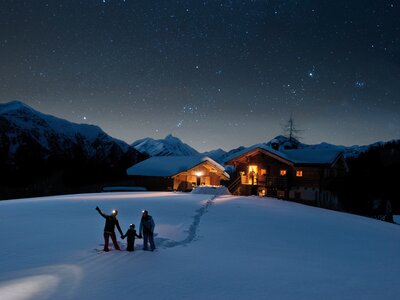
Gaze Up at the Sky Using an App
For amateur astronomers, winter is even more exciting than summer. In winter, the night sky is clearer and complete darkness falls earlier. “There are not more stars to spot in winter but different ones. The outer regions of the Milky Way, for example”, the expert explains.
Is it better to get a book beforehand or to conquer the night sky using an app? Köchl says: “The stars will only become your friends if you know them. Those who would like to get familiar with stargazing in a more professional way are well-advised to get a star atlas.” A mobile phone with an app such as “Skyviewer” or “Stellarium” is also of good use. You only need to point it towards a celestial body to get an “answer” from this very star.
And where did he acquire this knowledge about stars? Köchl is a self-taught man. Saturn has sparked his interest in galaxies. “I bought a toy telescope for my son. At this time, there was a rare occultation of the planet Saturn. The very moment I looked through the telescope, I saw Saturn turning up in its full glory. From that time on, the love for astronomy has not let me go.” Long since, Köchl has built his own observatory in Wernberg. He takes photographs of everything he can spot in the night sky, from the Milky Way to the polar lights in Norway.
Stargazing Walk with a Traditional Snack Break
Stargazing is also a popular and entertaining activity for guests at Lake Weißensee. “We’re in a nature park. Thanks to the low number of artificial light sources, the stars seem brighter here”, nature park ranger Robert Röbl explains his guests. They’re joining an informative country walk to the mountain cabin “Naggleralm” at new moon. Röbl particularly likes guiding his guests across the snow-covered landscape in snowshoes. “We start in the afternoon. After a spectacular sunset, we watch the twilight fade away and I tell them something about the constellations”, Röbl says enthusiastically. Once they’ve reached the mountain cabin, they make a campfire and have a traditional snack: “Frigga” (an omelette with cheese and bacon) and hot punch. Later, they put their snowshoes on again and go down to the valley along the piste - enchanted by the night sky and the hot punch
Elisabeth Tschernitz-Berger
www.gedankenschmiede.at, 14 Article(s)
